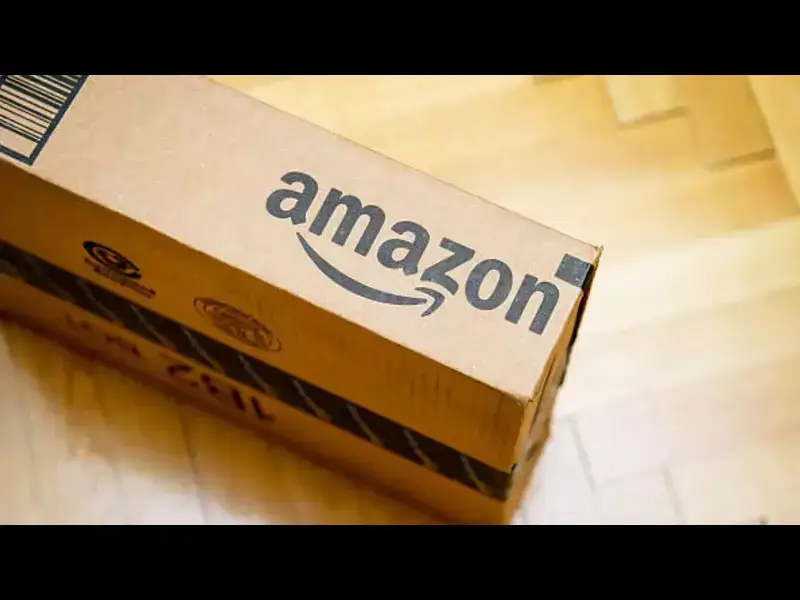Amazon Delivery service, the e-commerce giant, has achieved a remarkable feat by delivering packages to Gajoli, a remote village in the Uttarkashi district of Uttarakhand. According to the company, it has become the first and only e-commerce company to deliver packages to Maharishi Ashram at Gajoli, situated at 4,500 feet in the Himalayan mountain range .
Gajoli is a picturesque village nestled high in the Himalayas, accessible only by winding mountain roads and treacherous footpaths. A place where basic necessities require a day’s journey to the plains. There are no shops or delivery options in and around the Ashram area. It is not only difficult but also time-consuming to deliver orders at this place .
Amazon began delivering packages to this remote Himalayan village—4,500 feet above sea level—when it established its Delivery Service Partner station in Uttarkashi in 2019. Delivery associates use motorbikes to skilfully navigate bridges and hairpin turns en route Gajoli and the ashram. When the 25-kilometre bike ride ends, the final leg involves a 3-kilometre trek on foot with the packages strapped to the delivery associates’ backs.
Amazon customers at the ashram order different kinds of products, including electronic items, clothing, and even treats like chocolates. It is not an easy place to reach, which makes the ashram visitors appreciate the convenience of being able to receive Amazon packages even more.
The weather and thin air throw its own curveballs: mudslides erase parts of the narrow, boulder-laden trail, and unpredictable downpours turn paths into swamps. But for Amazon delivery associates like Niteesh Kumar, these challenges are all part of a day’s work. They are fuelled by the joy on the faces of Gajoli residents and the relief experienced by ashram staff and visitors when essential supplies arrive.
“Delivering packages in this terrain is often very difficult,” Kumar says. “But the difficulties that I face along the journey are worthwhile when I see the smiles on the faces of our customers. It makes me very happy!”
The two things driving the team are customer-obsession – as seen in Kumar’s commitment and safety of its delivery team in this remote location with tricky delivery routes. Everyday deliveries are started early at 7.30am so are completed by 1.00 p.m. to ensure the safety of the delivery associates as well.
Amazon’s delivery service in Gajoli is an example of how the company is reaching out to customers in every corner of India, overcoming geographical and logistical barriers. It also showcases how Amazon is empowering local entrepreneurs and creating livelihood opportunities through its Delivery Service Partner program.
Amazon has been expanding its delivery network across India, covering over 99% of pin codes and serving customers in over 19,500 pin codes. The company has also been innovating on various modes of transportation to deliver packages faster and more efficiently, such as using rivers and backwaters.
Amazon’s delivery service in Gajoli is not only a testament to its customer-centricity but also a reflection of its vision to transform lives and communities through e-commerce.
Recent Blog : EV Startup Vidyut Raised $10M by 3one4 Capital
